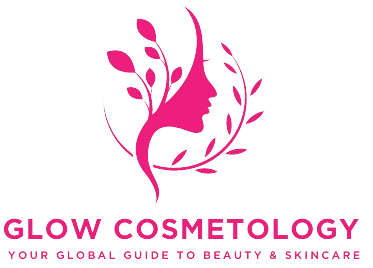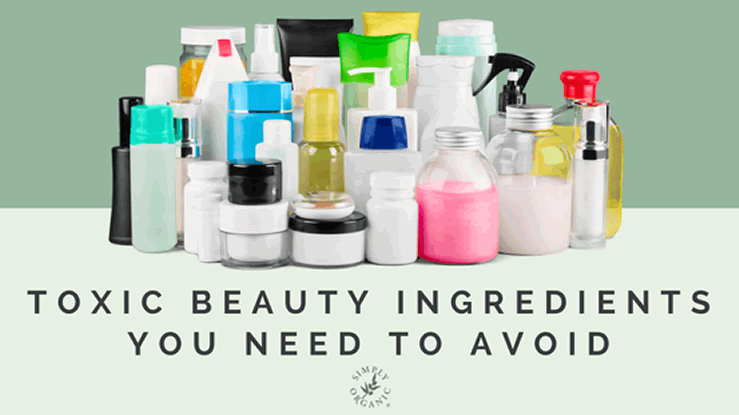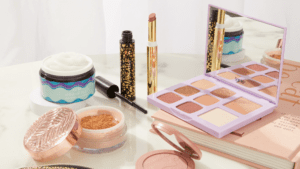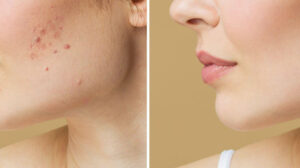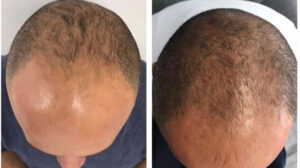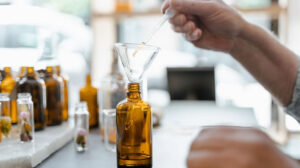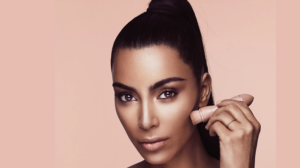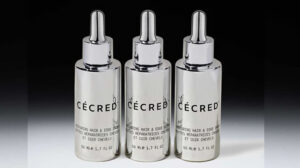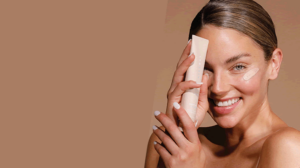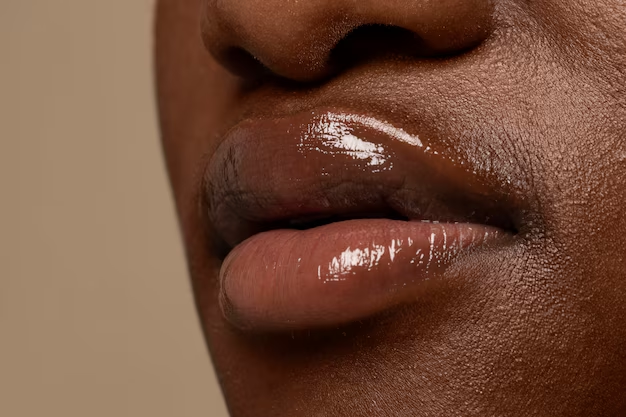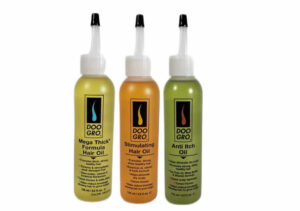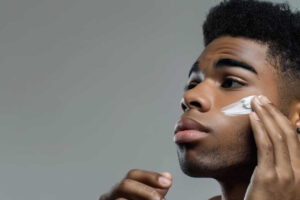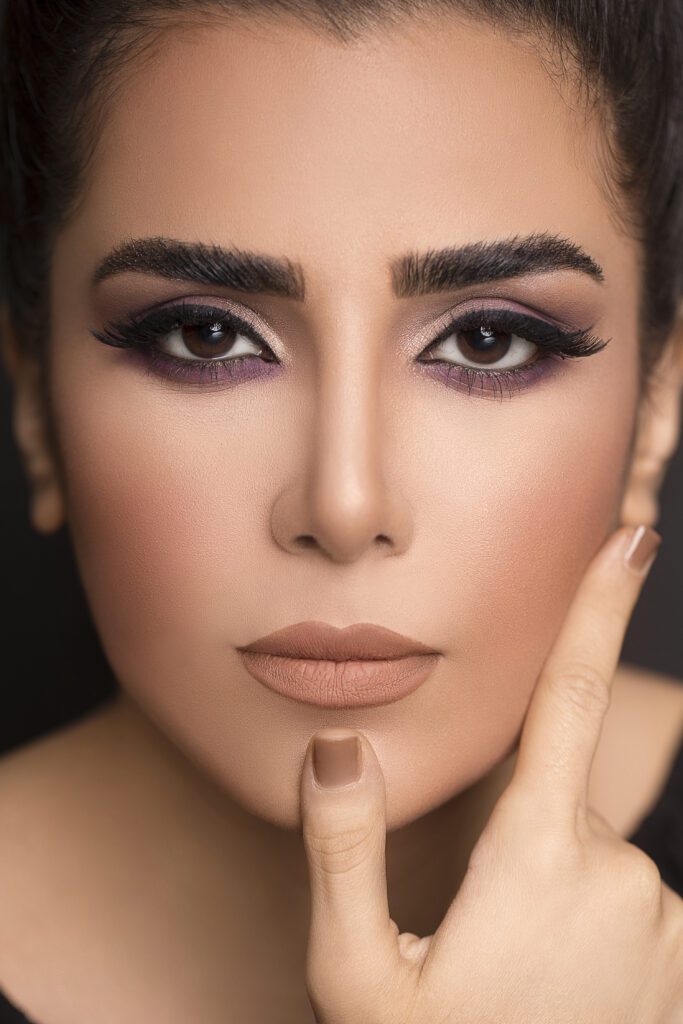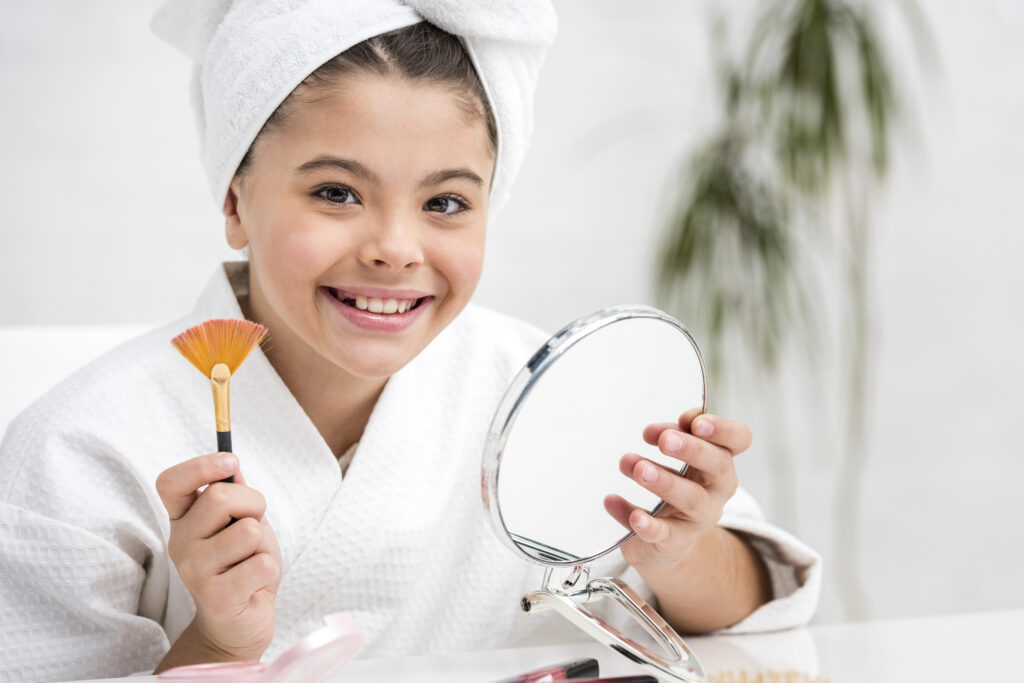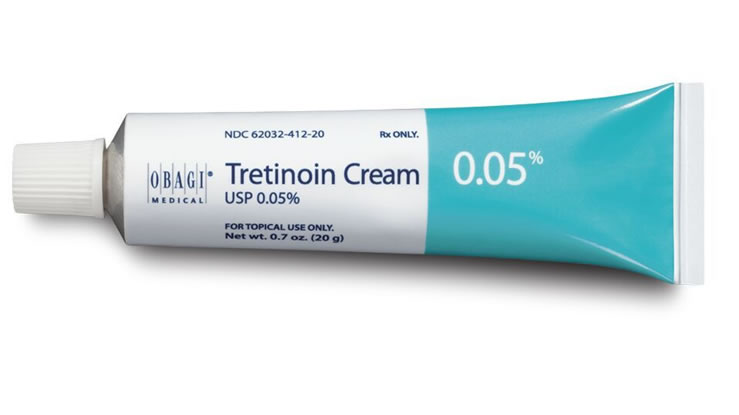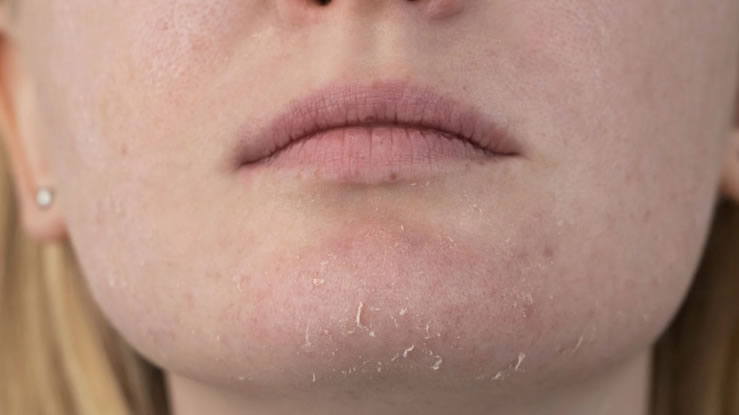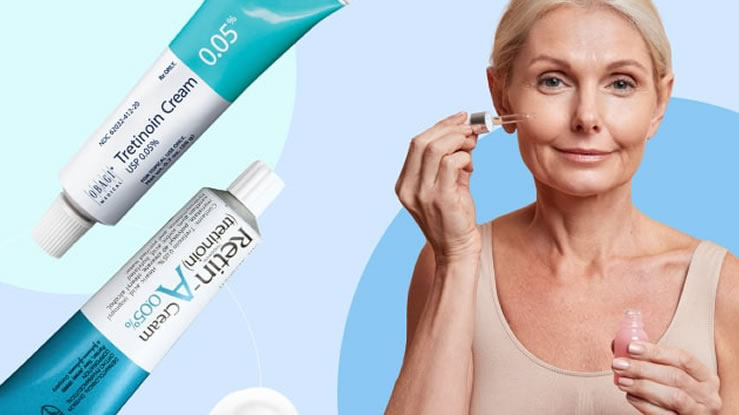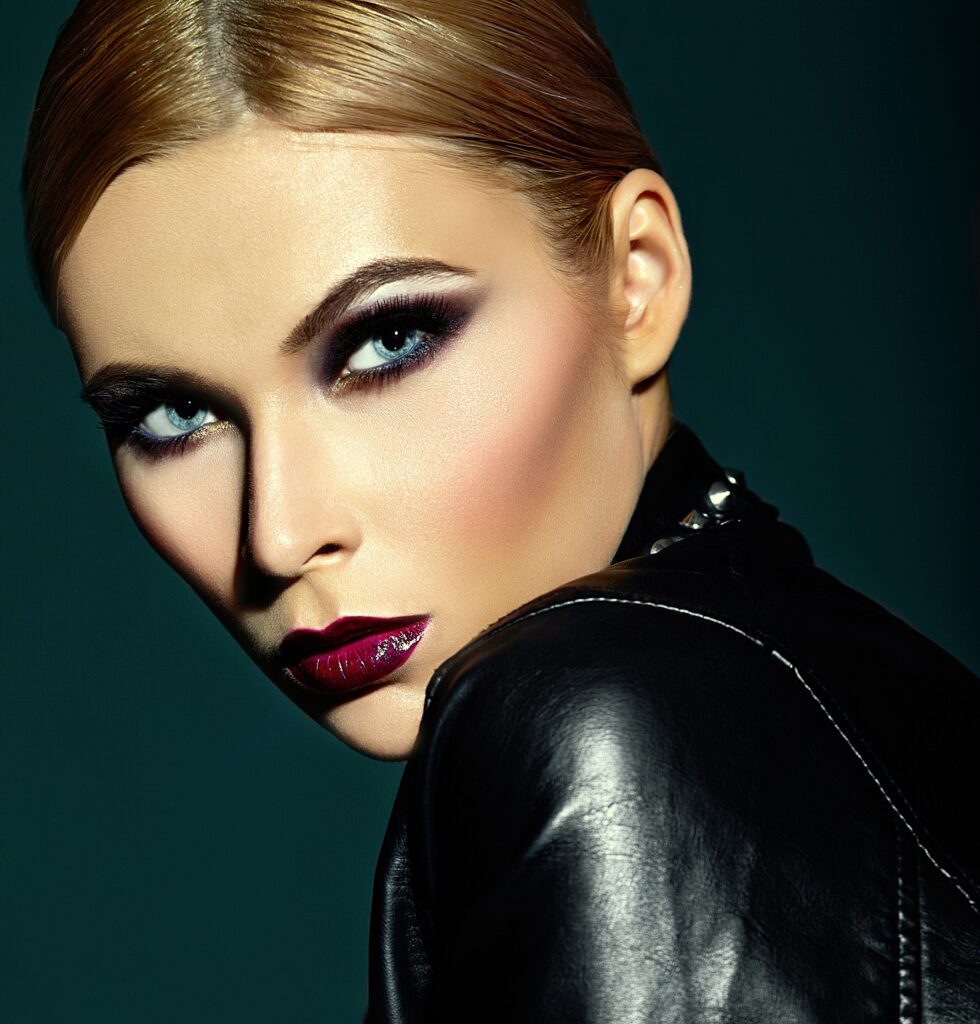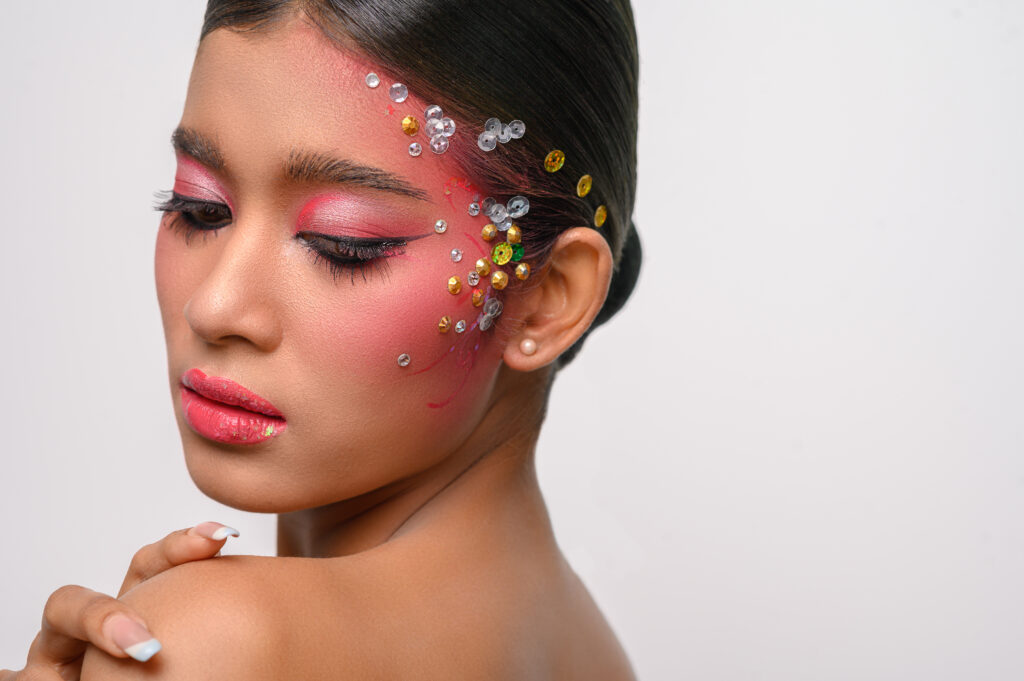Many people use beauty products daily without realizing they may contain harmful chemicals. From foundation and lipstick to sunscreen and hair dye, some of the most popular beauty items are filled with toxic ingredients that can disrupt hormones, irritate the skin, and even contribute to long-term health risks. Understanding the dangers of common toxic beauty products is essential for protecting your skin and overall well-being.
While companies market their products as “safe” and “effective,” some contain hidden toxins that many consumers are unaware of. These chemicals often help improve texture, prolong shelf life, or enhance fragrance, but they can come at a cost to your health.
In this article, we will dive deep into the most common toxic beauty products, the harmful ingredients they contain, their potential risks, and how you can make better choices for your skin and overall well-being.
1. Foundations and Concealers: Common Toxic Beauty Products You Use Every Day
Foundation and concealer create a flawless look, but many brands rely on harmful preservatives and synthetic chemicals. These can lead to hormonal imbalances, allergies, and even cancer.
Toxic Ingredients in Foundations and Concealers
- Parabens – These synthetic preservatives mimic estrogen and have been linked to breast cancer.
- Formaldehyde-releasing preservatives – Found in long-wear formulas, these chemicals release carcinogenic formaldehyde over time.
- Synthetic Fragrances – “Fragrance” on an ingredient list can contain hundreds of undisclosed chemicals that cause allergies and hormone disruption.
Read Also>>>What Is Benzene and Why Is it in Skin Care?
Why These Beauty Products Are Toxic
- May contribute to hormonal imbalances
- Can cause skin irritation and breakouts
- Some ingredients are potential carcinogens
Safer Alternatives
- Choose organic or mineral-based foundations and concealers.
- Look for products labeled paraben-free and fragrance-free.
2. Lipsticks and Lip Glosses: Are These Common Toxic Beauty Products Safe to Wear?
Lipsticks and glosses contain chemicals that can be ingested, leading to toxic buildup in the body. Some even include heavy metals like lead, which has serious long-term effects.
Toxic Ingredients in Lipsticks and Lip Glosses
- Lead – A known neurotoxin that can impact brain health and fertility.
- Mineral Oil – A petroleum byproduct that may contain cancer-causing hydrocarbons.
- Artificial Colors (FD&C Dyes) – Derived from coal tar, which can cause skin irritation.
Health Risks of These Toxic Beauty Products
- Lead exposure can affect the brain and nervous system
- Artificial dyes may trigger allergic reactions
- Lipstick chemicals get ingested throughout the day
How to Choose Safer Lip Products
- Look for natural wax-based lipsticks with fruit pigments.
- Avoid products with synthetic dyes and petroleum-based ingredients.
3. Mascaras and Eyeliners: Hidden Toxins in These Common Beauty Products
Eye makeup enhances your lashes and eyes, but some formulas contain carcinogenic and hormone-disrupting chemicals that can irritate sensitive eye areas.
Toxic Ingredients in Mascaras and Eyeliners
- Carbon Black – A pigment linked to cancer and organ toxicity.
- Parabens – Common preservatives that may disrupt hormones.
- Aluminum Powder – A metallic pigment associated with neurological damage.
Why These Common Beauty Products Are Dangerous
- Carbon black may increase cancer risk
- Some chemicals can cause allergic reactions and eye infections
- Long-term exposure to aluminum has been linked to brain disorders
Safer Eye Makeup Alternatives
- Choose organic mascaras and eyeliners made with plant-based pigments.
- Look for paraben-free and aluminum-free formulas.
4. Sunscreens: Why Some Common Beauty Products May Do More Harm Than Good
Sunscreen is essential for UV protection, but chemical sunscreens contain ingredients that can be absorbed into the bloodstream, leading to hormone disruption.
Toxic Ingredients in Sunscreens
- Oxybenzone – Found in many sunscreens, this chemical mimics estrogen and can accumulate in the body.
- Octinoxate – A common UV filter that has been detected in bloodstreams weeks after use.
- Homosalate – A UV-blocking agent that may interfere with endocrine function.
Health Risks of These Common Toxic Beauty Products
- Some sunscreen ingredients can disrupt hormones
- Chemicals may enter the bloodstream through the skin
- Certain sunscreens can cause allergic reactions
Safe Sunscreen Choices
- Use mineral-based sunscreens with zinc oxide or titanium dioxide.
- Avoid chemical sunscreens with oxybenzone and octinoxate.
5. Hair Dyes: Are These Common Toxic Beauty Products Linked to Cancer?
Hair dyes provide stunning color, but they also contain dangerous chemicals that penetrate the scalp and may increase the risk of cancer and hormone disruption.
Toxic Ingredients in Hair Dyes
- Ammonia – A strong chemical that can damage the scalp and respiratory system.
- PPD (Paraphenylenediamine) – A coal-tar dye linked to bladder cancer and severe allergic reactions.
- Resorcinol – A chemical that disrupts thyroid function and may be carcinogenic.
Health Risks of Toxic Hair Dyes
- PPD exposure has been linked to cancer
- Ammonia can irritate the skin and lungs
- Resorcinol affects hormone levels
Safer Hair Dye Options
- Opt for natural henna or vegetable-based dyes.
- Choose ammonia-free, PPD-free hair color brands.
How to Avoid Common Toxic Beauty Products
Switching to cleaner beauty alternatives helps reduce exposure to harmful chemicals. Here’s how:
- Check labels for harmful ingredients like parabens, phthalates, and formaldehyde.
- Use beauty apps like Think Dirty or EWG’s Skin Deep Database to check product safety.
- Choose brands that prioritize clean beauty and transparency.
Make Smarter Beauty Choices
Many beauty products contain hidden toxins that can affect your health over time. By being mindful of ingredient lists, choosing non-toxic brands, and staying informed, you can protect your skin without compromising your health.
Would you like recommendations on clean beauty brands? Let us know in the comments!
